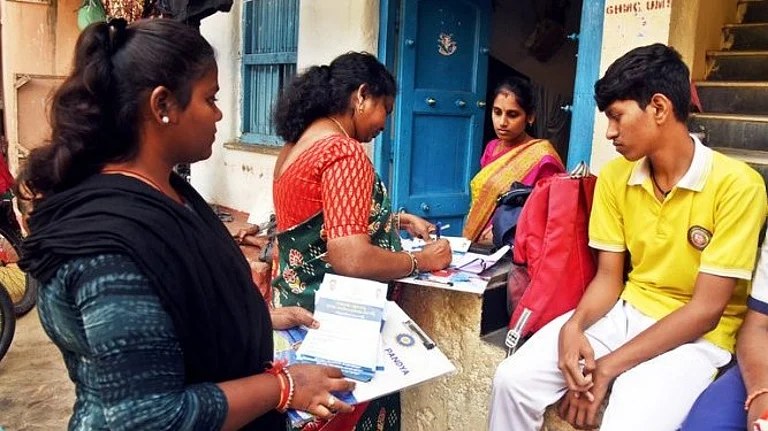The frequency of flooding in Indian metros is increasing due to crumbling drainage systems, poor infrastructure, and concretisation of roads. Furthermore, in cities like Bangalore, Chennai and Mumbai, ponds and wetlands that work as ‘natural sponges’ to soak excess water stand destroyed.
Many countries today are working on mimicking the natural sponge concept to help their cities manage floods. Of late, these ‘sponge cities’ have gained a huge traction, especially in China.
Kongjian Yu, dean of Peking University’s College of Architecture, for the first time in China, floated the idea of a sponge city in China. Upon his suggestion, the Chinese government in 2014 instructed 30 cities to implement innovative water management strategies that would gradually transform them into sponge cities. At present, the country is aiming to convert 80 percent of urban areas into sponge cities.
The main idea behind sponge city is to reduce the reliance on ‘grey infrastructure’ of levees, pipes, dams and channels, and to develop green infrastructures, strategically designed natural, semi-natural, and engineered systems, to enable water absorption and storage in the monsoon and supplying that water in the dry season. For this purpose, permeable roads and footpaths are being constructed.
Environmental activist and water expert Himanshu Thakkar feels this idea has a lot of potential to resolve multiple problems in cities.
He says, “In terms of groundwater recharge, water security, improving groundwater quality, the idea of 'sponge city' is helpful. Some of the countries have started implementing the sponge city program, so I think in principle it is a very good idea, but it needs to be implemented correctly.”
Thakkar further explains, “Sponge city essentially means the capacity of city landscape to absorb water, store it, and recharge into groundwater. It can happen in various ways. Forests, parks, wetlands, and rivers can help a lot — all have different roles to play. You must marshal all these landscapes to increase rainwater absorption and rainwater recharge. The more you can do it, it will decrease the intensity of disaster and increase water quality.”
Nevertheless, a question arises: Should a city rely on natural ways or innovate by creating new infrastructure in order to develop itself as a sponge city? A 2022 report by Arup, a global design firm, and the World Economic Forum (WEF) shows that natural ways to absorb water are 50 percent more affordable and nature-based infrastructure delivers 28 percent more added value.
Thakkar says, “First, we need to focus on existing infrastructure. For instance, institutional premises have a bigger landscape, how can we use them for rainwater harvesting, and recharging water? How do we use forest areas?”
So, the idea of a sponge city should not be universal but vary from city to city because every city has a different landscape, and different requirements.
Arup and WEF also measured the sponginess of seven global cities —New York, London, Singapore, Mumbai, Auckland, Shanghai, and Nairobi. Cities with a higher percentage of sponge rating can absorb more water during rainfall. Auckland tops the list as the spongiest city with a 35 percent rating, followed by Nairobi at 34 percent, while Mumbai, New York, and Singapore stand third with 30 percent. London, with 22 percent, is in last place. The study shows that the city of Mumbai does have some infrastructure to convert it into a sponge city. We need to work on marshaling such infrastructure.
However, scientists say that tropical countries made a mistake by borrowing the same water-management system that many European nations have as weather patterns are quite uncertain in tropical countries and the amount of precipitation within a limited time is also higher. Thus, the water-management system needs to be changed in order to manage floods. And cities like Chennai, Mumbai, and Kochi, are currently studying and planning to develop a sponge city roadmap to tackle urban flooding.
Thakkar acknowledges the difficulties in forecasting. He says, “But broadly we do have an idea about how much it will rain. So, we can develop our cities into sponge cities.”





















